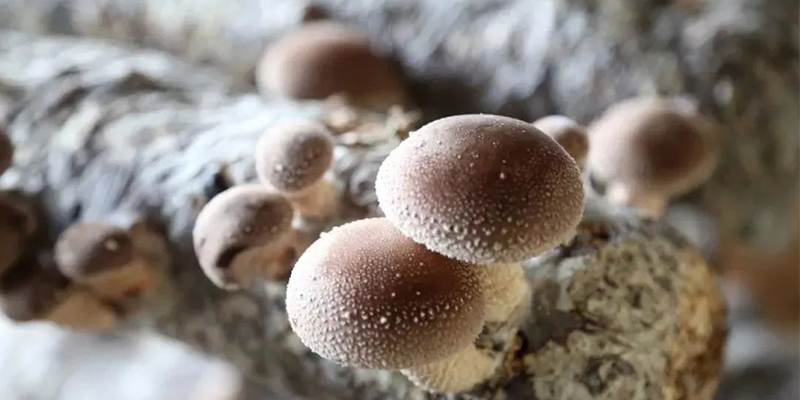Can pricking holes make mushroom mycelium grow quickly?

Puncture ventilation during the germination stage of shiitake mushrooms can increase the oxygen content in the culture material, eliminate the waste gas released by the growth of mycelium, accelerate the growth of mycelium, and shorten the time for mycelium to reach physiological maturity. Correct and reasonable puncture ventilation is one of the important measures to achieve high quality and high yield of bag-grown shiitake mushrooms in autumn and winter.
1. Hypoxia characteristics: The growth of shiitake mushroom mycelium slows down, the tip hyphae become thinner, not neat enough, or have nodules. This indicates that there is a lack of oxygen in the bacterial stick and must be punctured for ventilation.
2. Pricking method: Most of the varieties selected for bag cultivation in autumn are early and mid-maturing varieties. It is better to prick three times.
For the first time, when the diameter of the mycelial circle is about 10 cm, remove the bagging. If it is not bagged, pierce 4 to 6 holes 2 cm inside the mycelial circle.
For the second time, after the mycelium has just filled the whole bag, 40 to 45 days after inoculation, puncture the other side of the inoculation port. The punctures should be shallow, with a depth of 1 to 1.5 cm, and about 20 to 30 punctures per bag. This puncture is for small ventilation. Be careful not to have too large aperture, too deep puncture, or too many holes, so as not to cause the bacterial rod to lose too much water in the future culture process, which will affect the formation of bacterial rod tumors and the occurrence of primordia.
The third time is 7 to 10 days before the bag is removed. This time the punctures are for large ventilation, the depth of the punctures should reach 2 cm, and the number of punctures in the whole bag is 40 to 60.
3. Note: The number and depth of puncture holes mainly affect the aeration volume of the bacterial sticks, the moisture content of the bacterial sticks and the stack temperature. The depth and number of puncture holes should be flexibly used based on the specific actual conditions of the bacterial sticks and environmental conditions. After puncturing, the amount of stacking per unit area should be reduced to prevent the stack temperature from rising and causing bacteria burning.

(1)(1).jpg)
 CONTACT
CONTACT